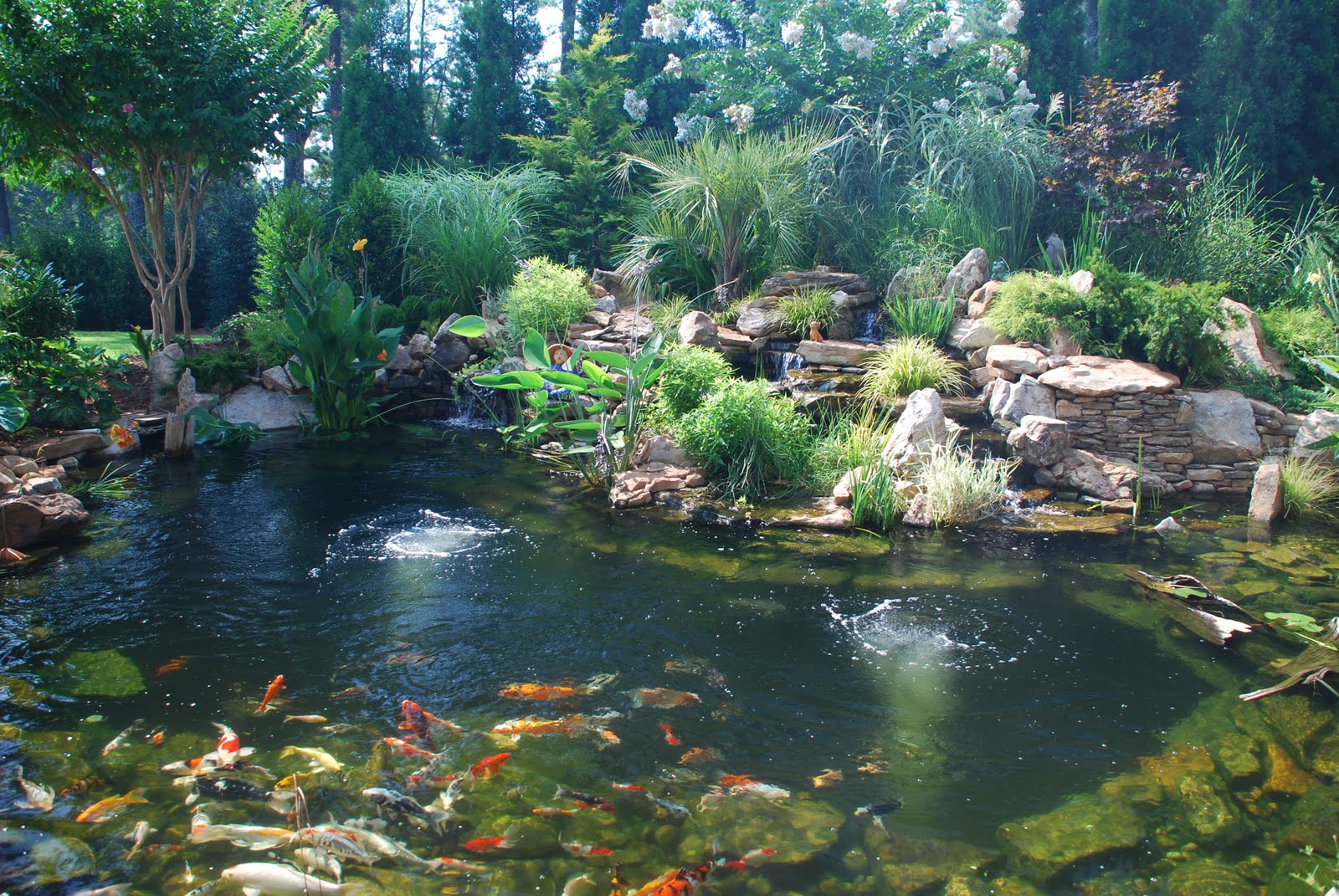Unlocking the Secrets of Salinity in Koi Ponds: Everything You Need to Know
Unlocking the Secrets of Salinity in Koi Ponds: Everything You Need to Know
Koi ponds are a beautiful addition to any garden, providing a serene and relaxing space that can also offer a range of benefits to your health and wellbeing. However, maintaining a healthy pond can be challenging, and there are many factors to consider when it comes to keeping your koi fish happy and thriving. One of the most important of these is salinity: the level of salt in the water.
What is Salinity in Koi Ponds?
Salinity refers to the level of salt concentration in the water of a koi pond. It is measured in parts per thousand (ppt), or the weight of dissolved salt per unit of water. The optimal level of salinity for koi fish is between 0.1 ppt and 0.3 ppt.
Why is Salinity Important in Koi Ponds?
Salinity is crucial in koi ponds because it affects the overall health and wellbeing of the fish. If the salinity is too low or too high, it can lead to a range of problems, including stress, disease, and even death.
Additionally, salinity plays a key role in the growth and reproduction of both koi fish and aquatic plants. It can affect the metabolism of fish, the absorption of nutrients, and the movement of water in the pond. Proper salinity levels are essential for a healthy and balanced ecosystem.
How to Measure Salinity in Koi Ponds

Measuring salinity in a koi pond is a relatively simple process. There are several products available on the market that allow you to test the salinity levels in your pond, such as test strips, liquid test kits, and electronic meters.
When testing for salinity, it is important to take measurements at different times of the day and in different locations of the pond, as salinity levels can vary depending on factors such as temperature, evaporation, and filtration.
How to Adjust Salinity in Koi Ponds

If you find that the salinity levels in your koi pond are too low or too high, there are several ways to adjust them and bring them back to the optimal range.
Adding Salt to Increase Salinity
If the salinity is too low, adding salt to the water is the most effective way to increase it. However, it is important to add the salt slowly and in small increments to avoid shocking the fish.
To increase the salinity by 0.1 ppt, add 1.2 pounds of salt per 100 gallons of water. It is recommended to dissolve the salt in a separate container of water before adding it to the pond to prevent the salt from settling on the bottom.
Adding Fresh Water to Decrease Salinity
If the salinity is too high, adding fresh water to the pond is the best way to decrease it. However, it is important to do this slowly and monitor the salinity levels closely to avoid making sudden changes.
Keep in mind that adding fresh water can also affect the pH level and other parameters of the pond, so it is important to test and adjust these as well if necessary.
Other Factors to Consider for a Healthy Koi Pond
While salinity is an important factor in maintaining a healthy koi pond, there are other factors to consider as well. These include water quality, filtration, and proper fish care.
Water Quality
The quality of the water in a koi pond is crucial for the health and wellbeing of the fish. Factors such as pH level, ammonia, nitrite, and nitrate levels should be monitored regularly, and appropriate steps should be taken to maintain them within the optimal range.
Filtration
Adequate filtration is essential for a healthy koi pond. There are various types of filters available on the market, and the size and type of filter you need will depend on the size of your pond, the number of fish, and other factors.
Proper Fish Care
Proper fish care is also critical for the health of your koi fish. This includes feeding them an appropriate diet, monitoring their behavior and health, and providing adequate space and shelter in the pond.
Conclusion
Salinity is an important factor in maintaining a healthy and balanced koi pond ecosystem. By understanding the optimal salinity range, how to measure and adjust salinity levels, and other factors to consider for a healthy pond, you can ensure that your koi fish thrive and provide you with years of enjoyment and relaxation in your garden.